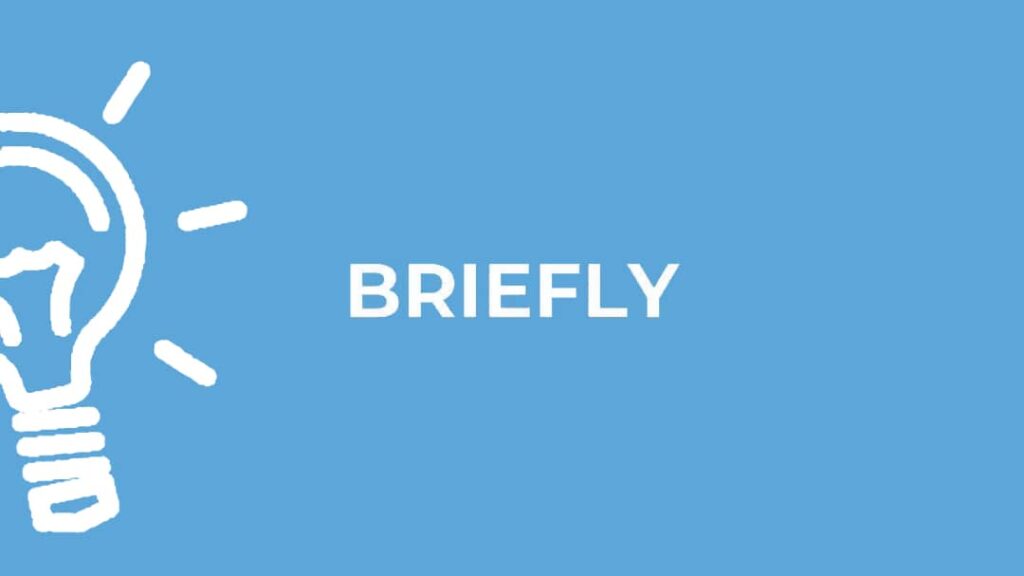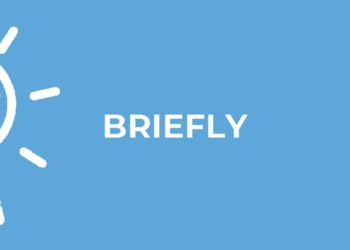
The Namibia Association of Medical Aid Funds (Namaf) calls its benchmark tariffs a “reference.” Medical aid funds claim they can’t pay more. Both are lies of convenience.
The reality: funds peg their reimbursements to Namaf’s rates. Those rates have slid so far behind real costs that providers either absorb losses or bill patients the difference. A medical emergency call is reimbursed at N$741.60—less than a plumber’s call-out—before any care is delivered.
Meanwhile, funds are not broke. In the first quarter of 2025, they banked a combined surplus of N$229.7 million. Those millions didn’t come from thin air—they came from cutting what patients get. Hospital cover dropped a third, daily doctor fees down 30%, anaesthesia rates down 27%.
For members, this isn’t abstract. A short in-hospital operation lasting an hour can now leave a patient with N$15,000 in co-payments—just to cover the surgeon and anaesthetist. The benchmark doesn’t protect them; it punishes them.
After the Supreme Court’s 2017 ruling shielded Namaf from competition law, it behaved as if the bench handed it a licence to starve the system.
Namaf hides behind actuarial jargon and “independence” while allowing this rationing to masquerade as guidance. The last verified cost model dates back two decades. Updates are opaque, consultations minimal. This isn’t neutrality—it’s complicity.
If the benchmark doesn’t reflect the cost of care, it’s not a tool for fairness. It’s a ceiling for underpayment. And if funds can post record surpluses while cutting benefits, they can afford to pay more.
Raise the tariffs to match reality. Do it now. Or own the collapse of Namibia’s private healthcare as your legacy.
* Briefly is a weekly column that is opinionated and analytical. It sifts through the noise to make sense of the numbers, trends and headlines shaping business and the economy with insight, wit and just enough scepticism to keep things interesting. THE VIEWS EXPRESSED ARE NOT OUR OWN, we simply relay them as part of the conversation.









